Choose the best material for insulation and tell me that it is still better: insulation the walls outside, from the inside or on both sides.
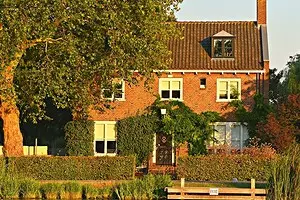
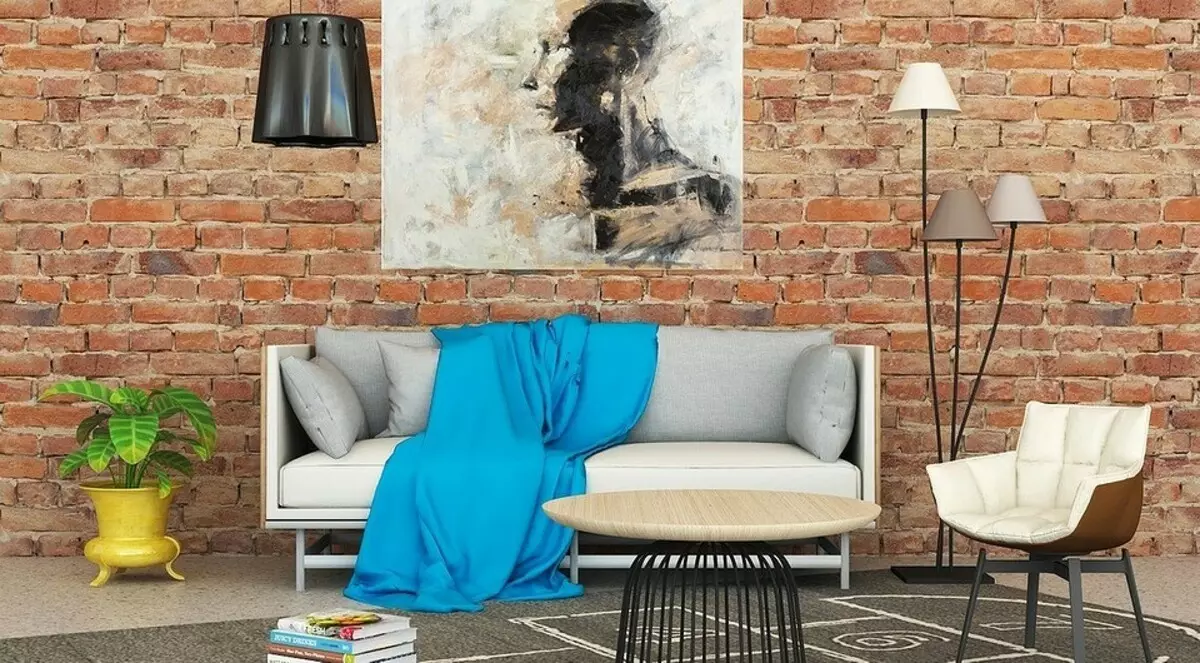
The insulation of the outer wall of the brick house can be made on both sides or only one. In order to reduce heat loss, materials differ from each other in composition and physical properties are used. These can be bulk fillers, plates from minvati, foam and foamed polyethylene, porous concrete products, polyurethane foam spraying. Basically, they are used both inside and outside the bearing structures, but there are exceptions. The facade does not always require the finish, however, in some cases the building is placed or closes with a metal frame, covered with decorative panels. The indoors also serves the protective layer required to maintain the required temperature.
Warm walls at home from the inside and outside
How the insulation actsTechnical standards
How to spend work inside
- Selection of material
- Installation
Features of the outer isolation
How the insulation works
The masonry looks no less color than any decor. It can decorate not only the facade, but also the interior, designed both in classical and modern style. Material has a high porosity. The air, which is in its voids, heats up and cools slower than the solid. This reduces the thermal conductivity of the enclosing structure. However, with a small masonry thickness to create comfortable conditions, additional measures will be required.
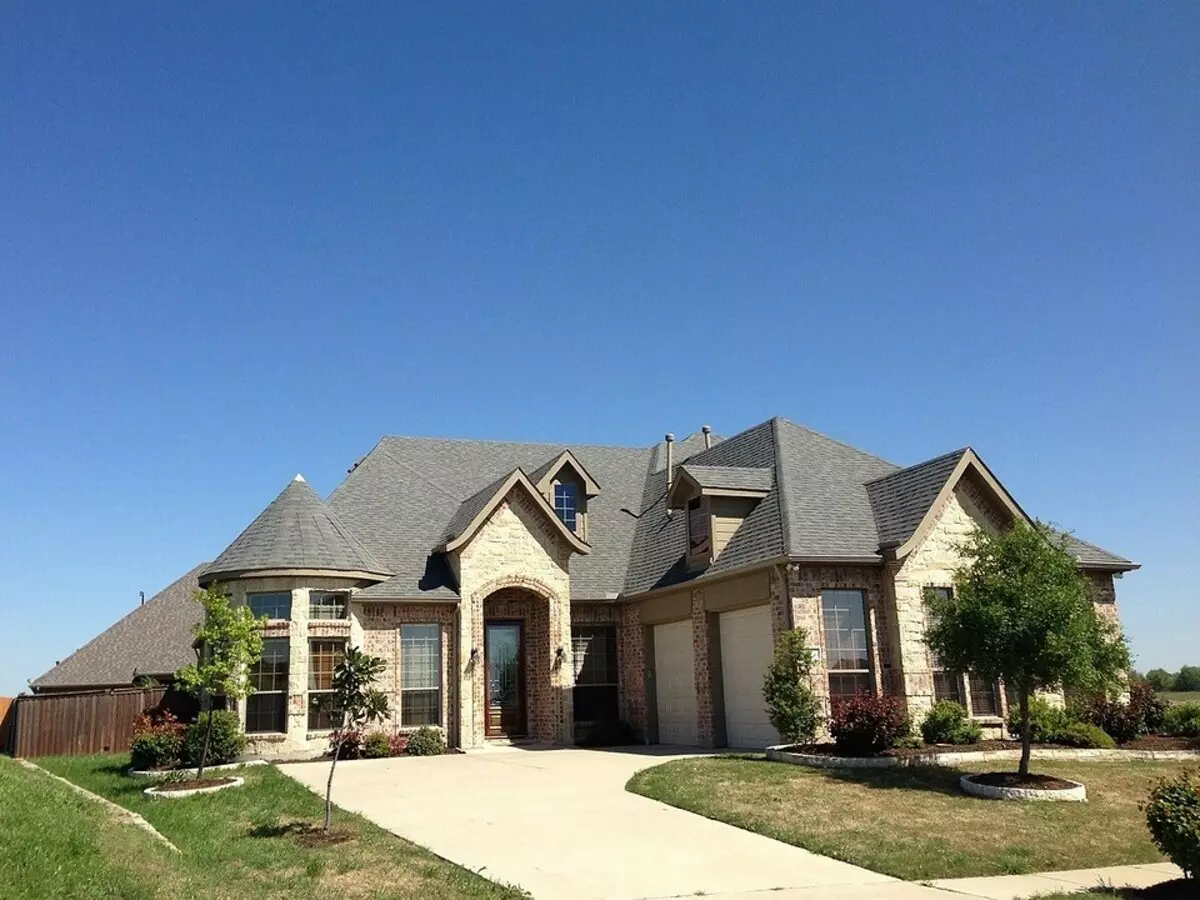
Protection acts more effectively from the outside, but sometimes it is necessary to install it with the inner.
The coating under the lining is a cake consisting of two main layers. The outer is performed from waterproofers. They protect against wetting the porous structure of mineral wool or polystyrene foam. If moisture falls inside, it will lead to the formation of fungi and mold. In addition, filling emptiness, it displaces air out of them, which leads to a significant increase in heat loss. So that this does not occur during storage, the packaging cannot be opened in any case. For storage, it is better to use dry heated rooms.
Technical standards
Since March 2019, a change in legislation has entered into force. Country real estate was divided into two categories:
- Garden structure. Under this term is meant any construction for living in the summer. In fact, such status may have a shopping building, a rustic log house or a huge cottage. Requirements for the conditions indoors in this case are not regulated.
- Object of individual housing construction (IZhS). If such status is assigned to the structure, it can be prescribed in the city apartment. It must be adapted for year-round accommodation. Guests and lower buildings are valid here for residential buildings. To bring the construction to the IZhS object, you will need to complete the project harmonization. The Commission will consider including the properties of enclosing structures. So that the coordination has passed successfully, heat loss should not exceed the critical level.
The basic requirements are set forth in SNiP 3.03.01 and PZ-2000 benefits. Materials produced by modern manufacturers comply with these standards, however, in some cases it makes sense to carry out a heat engineering calculation. It is necessary in regions with a raw and cold climate, where higher demands are presented to the coating than usual. Project organizations will help correctly calculate the desired parameters.
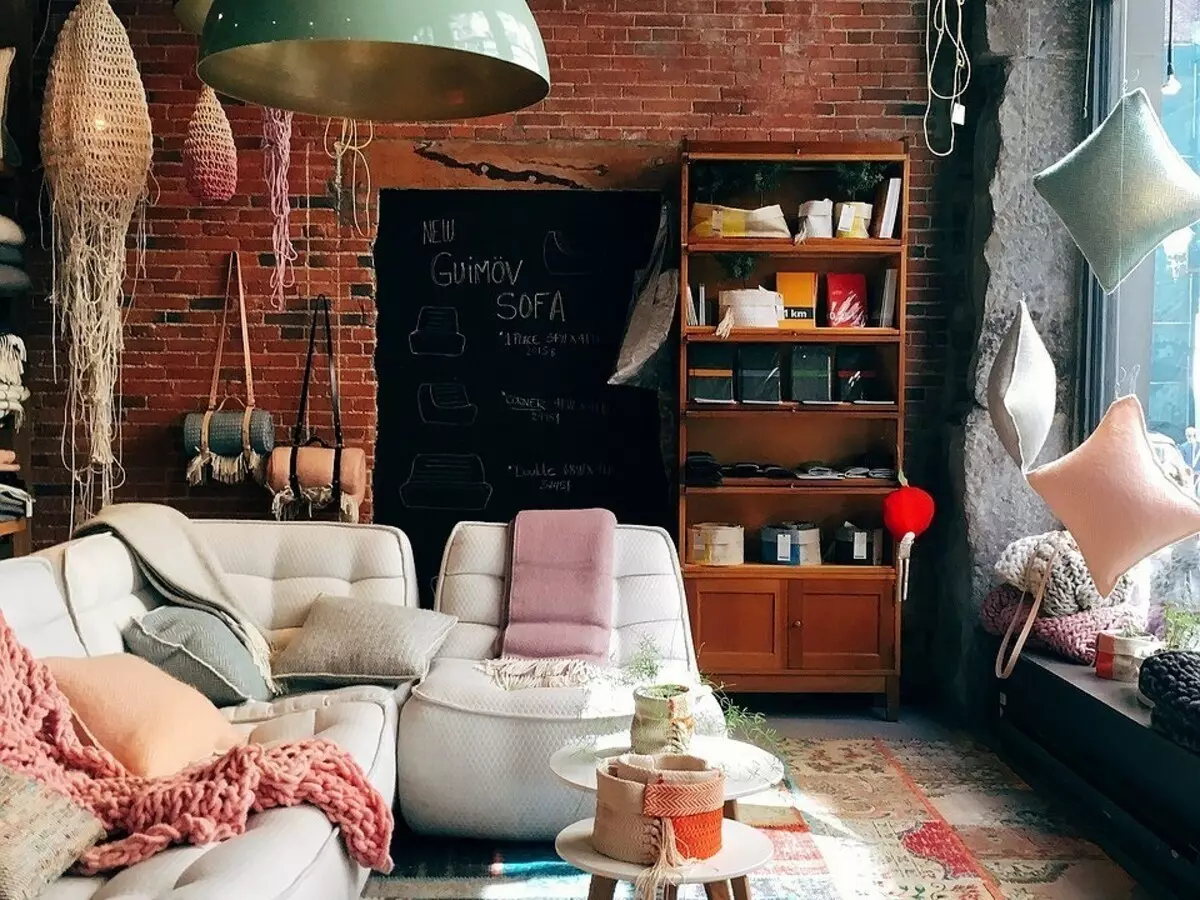
In the building standards, the insulation of the walls of the brick house from the inside and the outside are talking about domestic products. Imported must have a technical evidence that they correspond to domestic standards.
How to insulate the brick wall from the inside
This method is the least effective. Its minus is that with this location of the protective layer, the masonry remains unprotected from the cold. This leads to the fact that condensate arises in its thicker. It appears in the place where the temperature is higher than zero, but it is not sufficient to evaporate moisture. The problem can be solved if the room is well ventilated. To avoid water from entering the material, vaporizolation should be provided. It is mounted on the facing side.There is another noticeable minus. With a large thickness of the cake is lost area of premises. It is worth using this technology only when there is a need for this, for example, provided that the facade should remain unchanged. Such requirements are presented to homes in areas with historical buildings. Sometimes the owner of the cottage makes the decision to leave the laying as a decor, however, it will still be better to put the insulation and close it with an external masonry in Polkirpich. The hopeless situation occurs when the buildings are located so closely from each other that the installation work becomes impossible.
What insulation is better for the walls of a brick house
The main criterion when choosing is vapor frequency. It should be lower than that of carrier structures, otherwise moisture will be lingering. For this reason, one should not make a drywall. Couples should go out, otherwise the smell of dampness will appear, and the mold will appear in the corners.
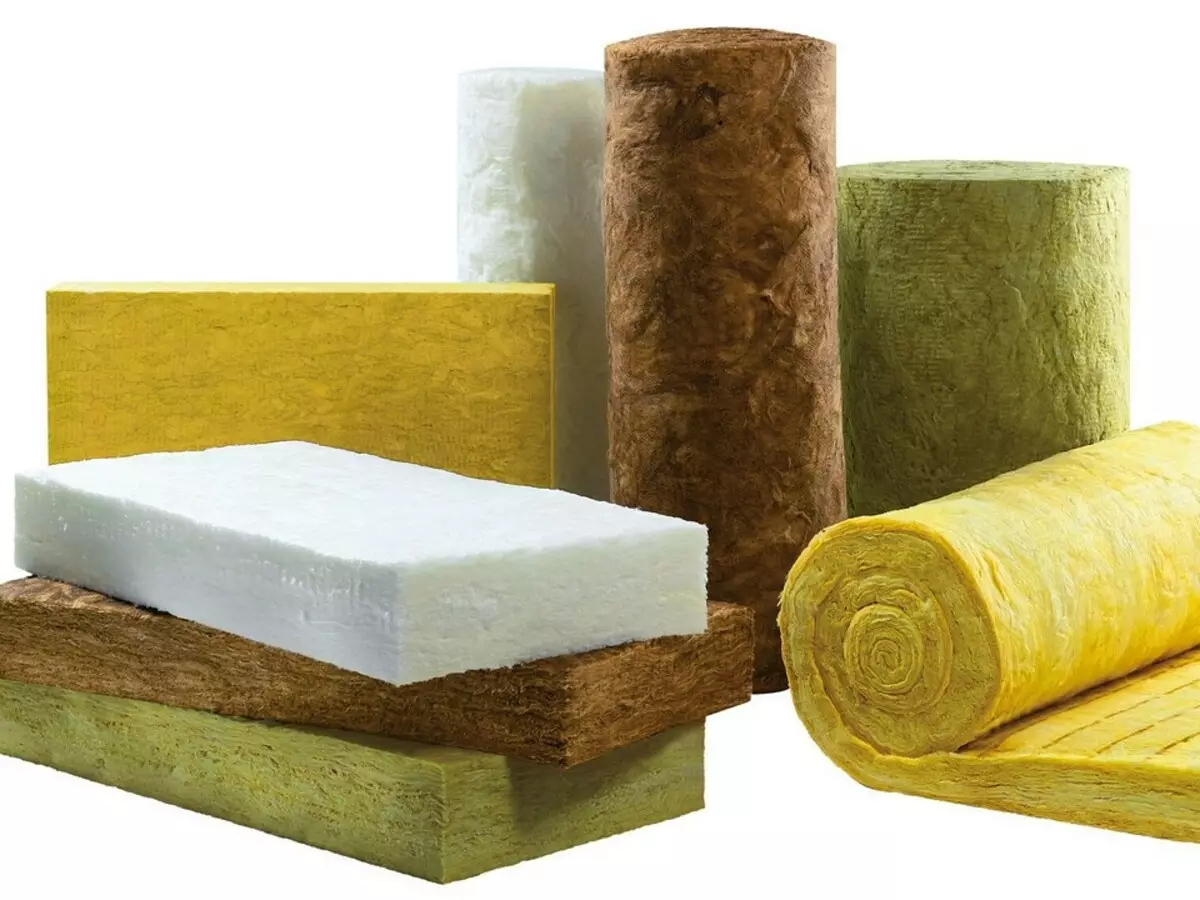
Usually, three groups of insulators are used for internal surfaces.
- Minvata - it is better to choose basalt, because it does not destroy with high humidity.
- Heat insulating porous plaster.
- Polymer materials, for example, polyurethane foam, dense foam, foam, extruded polystyrene foam.
Do not use clamzite or foamizole, since their vapor permeability is too large, but the penplex is quite suitable.
Each variety has its pros and cons. For example, plaster has a high density, but it is for this reason that it poorly retains the temperature indoors. To give preference better quality products for proven manufacturers.
Fastening the insulation to the brick wall
Consider the most common options.Polyurene Foolder
As a rule, work can be held with your own hands. The exception is mixtures for stacking a specialized technique. A bright example serves as polyurethane foam. It is placed on a dry purified base with a sprayer. The thickness of the coating ranges from 3 to 5 cm. Before applying it to the base, wooden vertical rails are attached or the lattice necessary to create a trim. The advantage of this method is the absence of cold bridges - metal anchors and screws are not used when applied.
Plaster
It has quite high para paragraph, but it is enough to cope with the task well. In terms of heat insulating properties, it is inferior to the Minvat and products based on polymers, but when using it, the wall in the house will breathe. The coating has a small thickness and takes a very few space. Losses will make up a maximum of 5 cm. Plaster does not create cold bridges. It is applied in several layers, which makes the process of laying long and time consuming. To perform work correctly, a certain experience will be required. The newcomer will be difficult to master the necessary skills.Extruded expanded polystyrene foam
Differs low thermal conductivity and high strength. In combination with a small mass, these properties make it one of the most sought-after materials. It is made in the form of plates that are pasted on a pure aligned surface. It is better to have their ligation - solid joints even with minor gaps will pass inside the cold air. The seams are filled with mounting foam. After it is frozen, the surplus is cut. After that, you can mount the finish. If plastering works are planned, a reinforcing mesh, holding the mixture and preventing moisture penetration from the solution inside the penetration of moisture on the surface.
Styrofoam
Must have a density of 45 kg / m3. The panels are fixed with glue, joints are filled with mounting foam. The foam differs from extruded polystyrene foam with higher thermal conductivity and low strength. It burns well, highlighting toxic substances, which makes it not the best option. The only advantage compared to the analogues is low cost.Penophol
It is a foamed polyethylene covered with foil with one or on both sides. It is a steamproof, it has a small thick and perfectly retains the room temperature. High technological characteristics at small sizes are achieved by reflective coating. With a layer of 5 mm, the material provides the level of isolation for which it would take twenty times more mineral wool. It should be attached to the crate from the sections with a cross section of about 2 cm, which will create an air layer. Installation is made using special brackets. The reflecting party should look inside the room. Top is suitable for cladding. Penofol is often used as an additional layer. In this case, the waterproofing is not needed, since polyethylene does not miss moisture.
Minvata.
It misses couples well, so it will have to close it from all sides with a polyethylene or another impermeable shell. When mounting, on the base, first fasten the film, making the floor to the floor and the ceiling, then closed the seams with a tape. From above, make a crate with such a calculation so that the rails tightly pressed to the mineral wool plate. The width of the regches should be equal to the thickness of the panels. The insulator is inserted into the obtained cells, after which the entire design is closed by a film. The seams are stuck with scotch, and the cutter is stacked on top.Brick Wall Warming Outside
With this method of insulation, the enclosing structures will not be freezing. It will save the material from the formation of condensate. When freezing, condensate turns into ice and, expanding, destroys the solid structure. In a liquid state, it becomes a medium for the appearance of bacteria. Moisture causes corrosion, leading to loss of strength and destruction of the array.
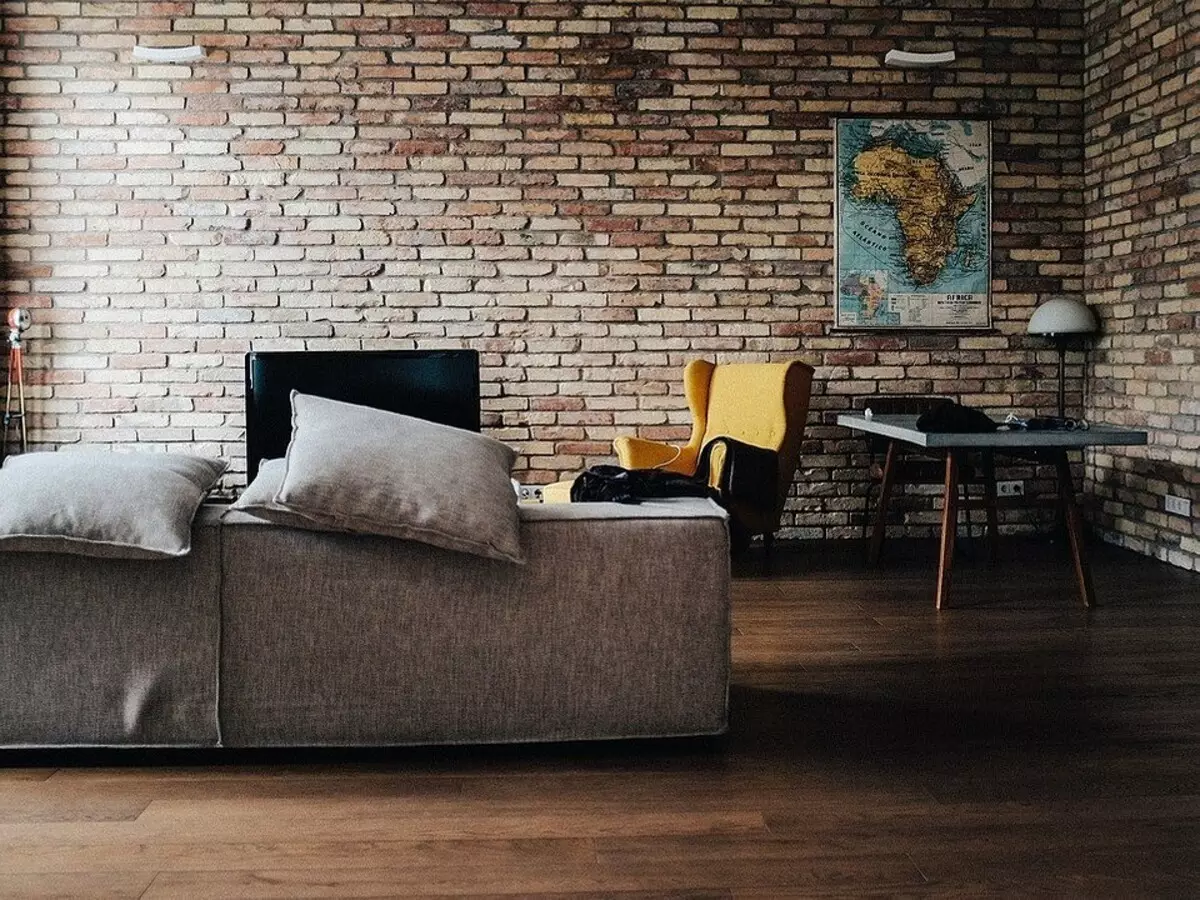
Materials for insulation
- PPU and sprayed liquid thermal insulation;
- Special facade plaster;
- Styrofoam;
- extruded polystyrene foam;
- mineral wool;
- Aerated concrete - installation of such isolation is possible when building a building, otherwise it will have to lead the foundation under it.
The foam should not be applied, as it will prevent the wall ventilation. The building should breathe, otherwise it will be uncomfortable in it. Fix the insulation on a brick wall inside the building can also be as out as outside. Technologies are no different except for finishing and prepare for them.
As a finish, plaster or metal framework, covered with facing panels. In the first case, the solution is placed on a rather soft surface. To avoid the appearance of cracks, the base must be strengthened by the reinforcing grid. Plaster must have good adhesion.
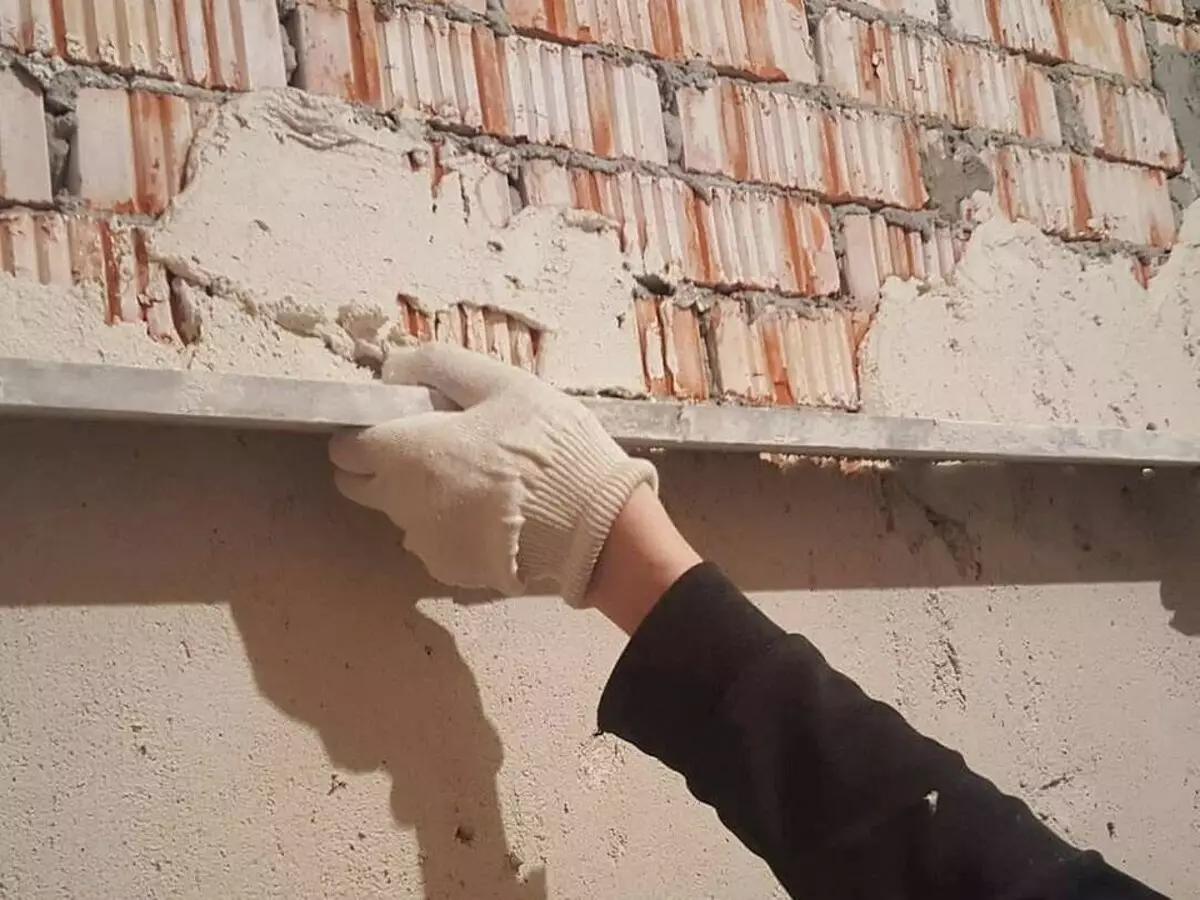
If gas blocks are used, such precautions are not required, but the thickness of the enclosing structure will increase by 20-25 cm. To bind two masonry at the base, reinforcement bars with a diameter of about 5-10 cm at a distance of 1 m from each other are fixed. Vertically, this distance between them should be equal to five rows of masonry. Rods must overlap the main part of the block.
